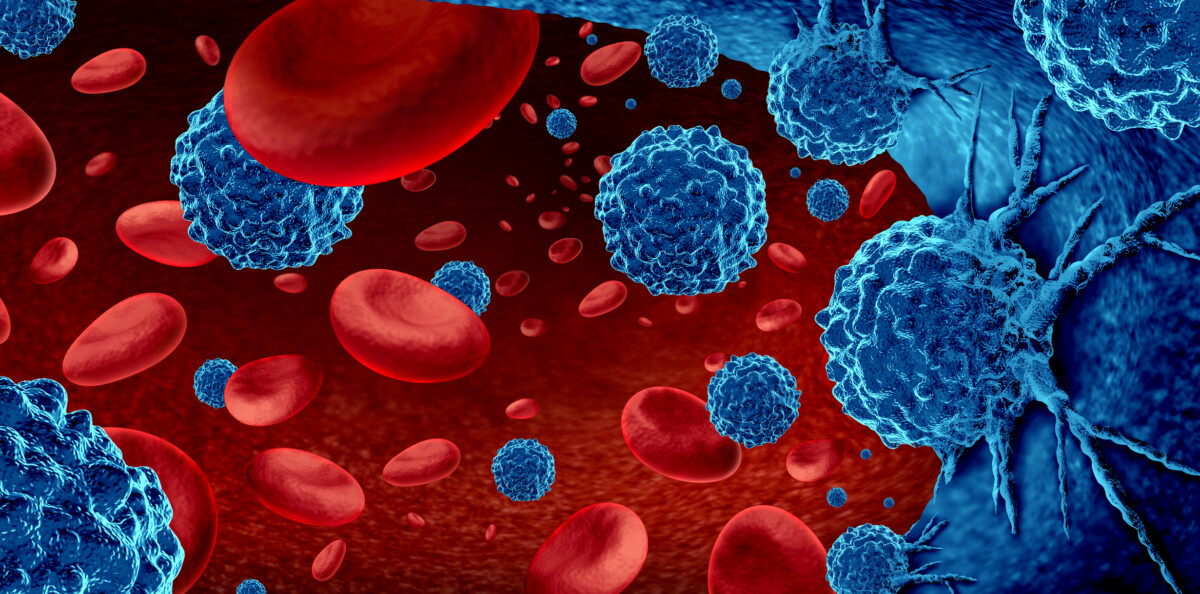A plasma cell, a type of white blood cell found in bone marrow, creates antibodies that fight germs and infections. But when cancerous plasma cells – called M proteins – crowd out healthy ones, it can lead to a cancer called multiple myeloma.
Symptoms and complications of multiple myeloma
Typically, there are few to no symptoms in the initial onset of the disease. However, signs like bone pain in the spine or chest, nausea, fatigue, frequent infections, or weakness in the legs can appear as the disease progresses. In 2023, the American Cancer Society estimated that 35,730 new cases of multiple myeloma will be diagnosed and about 12,590 deaths will occur from it. However, it is relatively uncommon to get multiple myeloma. In the United States, the lifetime risk of getting it is less than 1%.
Though infrequent, multiple myeloma is still dangerous with a 58% five-year survival rate. It also can lead to many side complications. Myeloma cells prevent your body from being able to fight infections, leading to increased susceptibility to illness. It also can lead to bone problems like breakage and thinning, reduced kidney function, and anemia.

3D rendering of blood cancer.
Causes of multiple myeloma
While we don’t yet know what causes multiple myeloma, we do know that it starts with a single cell in the bone marrow. The cell then matures into cancer cells, crowding out and overwhelming the production of healthy blood cells. Multiple myeloma usually starts with the benign condition monoclonal gammopathy of undetermined significance (MGUS), which, like multiple myeloma, produces M proteins in the blood. However, unlike multiple myeloma, MGUS produces few enough M proteins that no damage is done to the body. When the condition gets out of control, it evolves into multiple myeloma. Age and family history can be a factor in contracting either multiple myeloma or MGUS, and men and people of African ancestry are also statistically more likely to develop the disease.
Diagnosis and treatment for multiple myeloma
Multiple myeloma is sometimes diagnosed accidentally when doctors run blood tests for other conditions, but there are also targeted screenings for the cancer. Those procedures include blood tests, urine tests, examination of bone marrow, and imaging tests. Blood and urine tests look for the presence of M proteins while bone marrow examinations analyze myeloma cells for gene mutations that would lead to cancer. Imaging tests, including X-rays and MRIs, detect multiple myeloma associated bone problems.
Treatment for multiple myeloma ranges from normal cancer interventions, like chemotherapy and radiation therapy, to specific multiple myeloma treatments including corticosteroid medications and bone marrow transplants. Corticosteroids help stimulate the immune system and are active against myeloma cells, while bone marrow transplants exchange diseased bone marrow cells for healthy ones. Fortunately, these treatments can work to fight the disease and help manage the cancer in patients for years.
– Chaya Tong